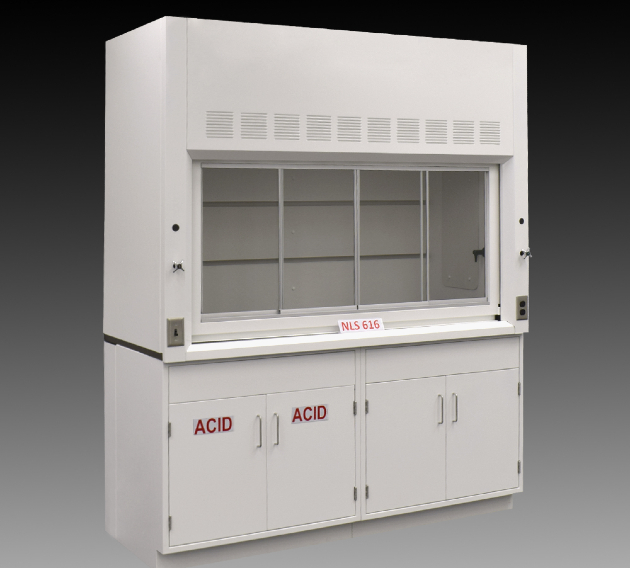As a lab manager focused on safety and operational efficiency, one of the key choices you’ll face is how to ventilate your chemical workstations. The decision between ducted and ductless fume hoods goes beyond just cost; it has significant implications for safety, compliance, flexibility, and long-term maintenance.
Ventilation: A Cornerstone of Lab Safety and Compliance
Laboratories are centers of innovation, but they also come with inherent risks. Without proper containment and exhaust systems, chemical vapors and particulates can endanger staff, compromise research integrity, and lead to costly shutdowns or fines.
Take, for example, a recent incident in Madison, Wisconsin, where a chemical vapor leak forced an emergency evacuation and hazmat response. Situations like these underscore the importance of selecting the right fume hood technology for your lab’s specific needs.
Let’s break down the two primary options.
Ducted Fume Hoods: Versatile and Powerful
How They Work
Ducted fume hoods exhaust air outside the building via a duct system connected to the lab’s HVAC infrastructure. They’re ideal for labs working with a wide array of chemicals on a regular basis.
✅ Advantages
- Safely manages a wide variety of chemicals
- Ideal for complex processes and high-volume workflows
- Contains accidental spills and provides strong face velocity protection
- Low ongoing maintenance (usually just annual)
⚠️ Considerations
- Requires a robust HVAC system to maintain safe airflow rates
- May require facility modifications (e.g., ductwork or roof modifications)
- Once installed, relocation can be challenging
- Specialized versions are needed for perchloric acid, radioisotopes, etc.
Ductless Fume Hoods: Flexible and Cost-Efficient
How They Work
Ductless hoods filter air through activated carbon or HEPA filters and recirculate it back into the lab. They’re a great option for low-risk applications and smaller labs that value flexibility.
✅ Advantages
- Lower initial cost
- No HVAC connection required = easy installation
- Portable and ideal for flexible lab layouts
⚠️ Considerations
- Limited chemical compatibility—filters must match specific applications
- Strict filter management required (some replaced as often as every few months)
- Not suitable for high-volume or highly hazardous chemical work
Related Content: Challenges of Ductless Fume Hoods: What Lab Managers Need to Know
Which Fume Hood is Best for Your Lab?
If your lab frequently handles volatile or hazardous chemicals or if you’re planning for long-term operations in a fixed space, a ducted fume hood offers reliability and broad compatibility.
If your experiments are low-risk and low-volume—or if you’re outfitting a flexible space like a teaching lab or temporary installation—a ductless fume hood may be a cost-effective and versatile solution.
Related Content: What is the Top Fume Hood Brand?
Final Thoughts for Lab Designers & Managers
Selecting the right fume hood isn’t just about today—it’s a decision that impacts your lab’s performance, adaptability, and safety for years to come. Take time to assess chemical usage patterns, facility capabilities, and budget constraints as part of your lab planning process.
Need help evaluating your options? Give us a call at (800)419-1900.


